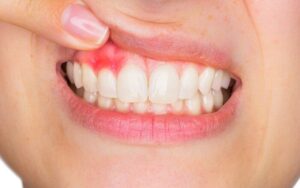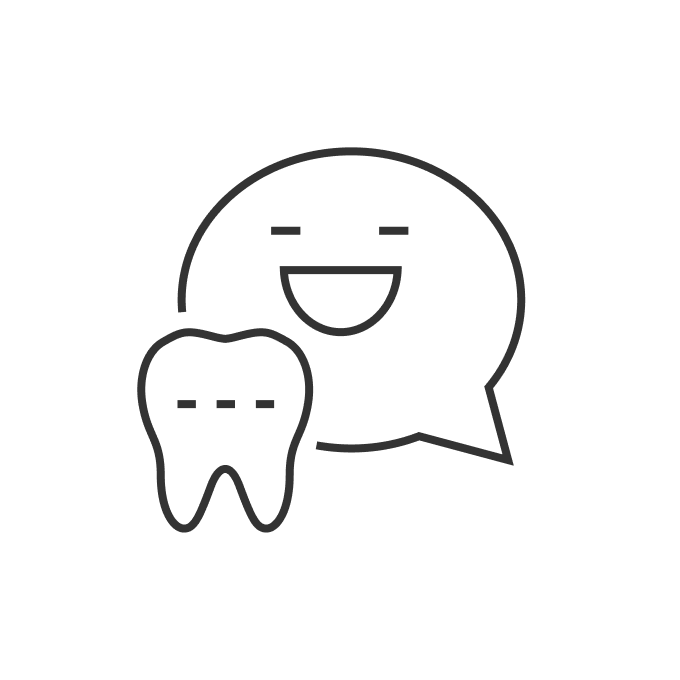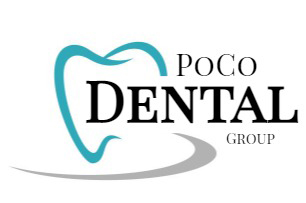Gum health is just as important as the health of your teeth. Periodontal disease, commonly known as gum disease, affects millions of people worldwide, including people of all ages. It can lead to tooth loss, infections, and even impact overall health if left untreated. Understanding the different types of periodontal disease is crucial for early detection and effective treatment. This guide will explore the main types of gum disease, their symptoms, stages, and strategies for prevention and care.
Understanding Periodontal Disease
Periodontal disease is an inflammatory condition that affects the gums and surrounding structures supporting your teeth. It is typically caused by bacterial infection due to poor oral hygiene, plaque buildup, and other risk factors such as smoking, diabetes, and genetic predisposition.
Early detection is key to preventing serious complications. Knowing the initial indicators of gum disease—such as red, swollen, or bleeding gums—is essential for seeking timely treatment. Other signs may include persistent bad breath, gum recession, and loose teeth.
1. Gingivitis
Gingivitis is the mildest and most common form of periodontal disease. It primarily affects the gums, causing inflammation, redness, and bleeding during brushing or flossing.
Key Points About Gingivitis:
- Often caused by poor oral hygiene and plaque accumulation
- Symptoms include swollen gums, tenderness, and occasional bleeding
- It is reversible with proper oral care and professional cleaning
Gingivitis is an example of a type of gum disease. Regular brushing, flossing, and dental checkups can prevent it from progressing into more severe periodontal conditions.

2. Chronic Periodontitis
Chronic periodontitis is a more advanced stage of gum disease, often developing gradually over years. It affects the supporting structures of teeth, including the bone and periodontal ligament.
Symptoms Include:
- Persistent bad breath
- Gum recession
- Formation of deep pockets between gums and teeth
- Loose or shifting teeth
Chronic periodontitis requires professional intervention, including scaling and root planing, to remove bacteria and tartar buildup. Maintaining good oral hygiene helps prevent recurrence.
Read More: 7 Calcium-Rich Foods to Make Your Teeth Stronger
3. Aggressive Periodontitis
Aggressive periodontitis is less common but progresses rapidly, often affecting young adults. Unlike chronic periodontitis, it can quickly destroy gum tissue and bone.
Signs of Aggressive Periodontitis:
- Rapid gum recession
- Severe bone loss around teeth
- Little plaque or tartar compared to the level of damage
Treatment typically involves a combination of deep cleaning, antibiotics, and sometimes surgical procedures to halt tissue and bone destruction.
4. Necrotizing Periodontal Disease
Necrotizing periodontal disease is a severe and rare form of gum disease, often associated with immunocompromised individuals, malnutrition, or poor oral hygiene. It causes tissue death (necrosis) in the gums, periodontal ligament, and sometimes the jawbone.
Indicators Include:
- Painful, bleeding gums
- Ulcers and dead tissue on the gums
- Foul taste or odor in the mouth
Immediate dental care is crucial for managing necrotizing periodontal disease, including debridement, antibiotics, and supportive care.
5. Periodontitis as a Manifestation of Systemic Diseases
Some systemic conditions, like diabetes, cardiovascular disease, or immunodeficiency, can cause gum inflammation and destruction. Periodontitis in these cases may present differently and requires coordination between dental and medical care.
Symptoms May Include:
- Gum inflammation disproportionate to plaque levels
- Rapid progression of tissue damage
- Difficulty controlling gum infection without managing the underlying health condition
Managing systemic diseases along with professional dental care is key to controlling this type of periodontal disease.
6. Refractory Periodontitis
Refractory periodontitis refers to cases of gum disease that do not respond to standard treatment methods. Patients may continue to experience progression of gum damage despite regular dental care.
Possible Causes:
- Genetic susceptibility
- Resistant bacterial strains
- Poor patient compliance with oral hygiene
Treatment may involve advanced therapies, including surgical intervention, antimicrobial therapy, and strict maintenance programs.
7. Periodontal Abscess
A periodontal abscess is a localized collection of pus in the gum tissues caused by bacterial infection. It can occur in patients with existing gum disease or following trauma or foreign object impaction in the gums.
Symptoms Include:
- Severe pain and swelling
- Pus discharge
- Fever in severe cases
- Tooth mobility
Prompt treatment is essential to prevent the infection from spreading. Treatment often involves drainage, antibiotics, and periodontal therapy to address the underlying gum disease.
What Are the Four Stages of Gum Disease?
Understanding the progression of gum disease can help you identify problems early. Dental professionals often classify gum disease into four stages:
- Gingivitis – Early inflammation of the gums; reversible with proper care.
- Slight Periodontitis – Mild bone loss and deeper gum pockets develop.
- Moderate Periodontitis – More significant bone loss and gum recession; professional intervention is necessary.
- Advanced Periodontitis – Severe destruction of supporting structures, leading to tooth loss if untreated.
Recognizing the initial indicators of gum disease in the early stages can prevent progression to more severe stages.
How to Get Rid of Gum Disease
While some types of gum disease can be managed at home in early stages, professional treatment is often necessary for more advanced conditions. Here are effective strategies:
- Maintain Good Oral Hygiene – Brush twice daily, floss regularly, and use an antibacterial mouthwash.
- Professional Dental Cleanings – Scaling and root planing remove tartar and bacteria below the gum line.
- Medication – Antibiotics or antimicrobial gels may help control infection.
- Surgical Intervention – In advanced cases, procedures like flap surgery or bone grafts may be required.
- Lifestyle Adjustments – Quit smoking, manage stress, and maintain a balanced diet to support gum health.
Early detection and consistent care are the most effective ways to prevent irreversible damage.
Final Thoughts
Periodontal disease encompasses a wide range of conditions, from mild gingivitis to aggressive necrotizing forms. If you notice early signs of gum inflammation or bleeding, consulting with our dentist promptly can prevent progression and help you eliminate gum disease before it causes permanent damage. Remember, prevention and early intervention are always better than treatment after severe destruction occurs.




